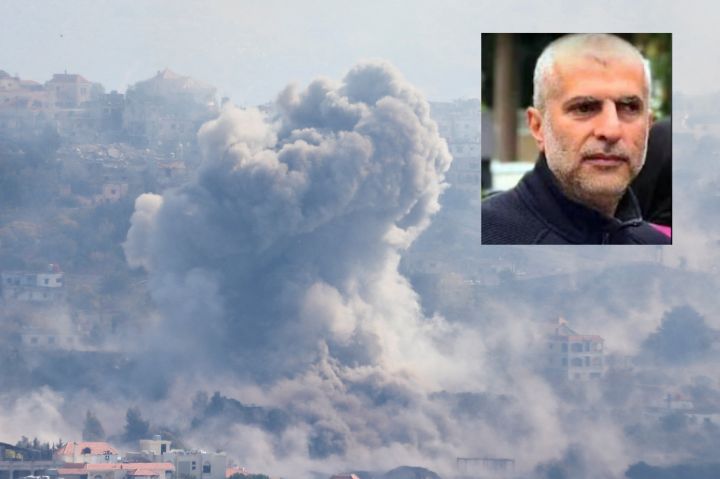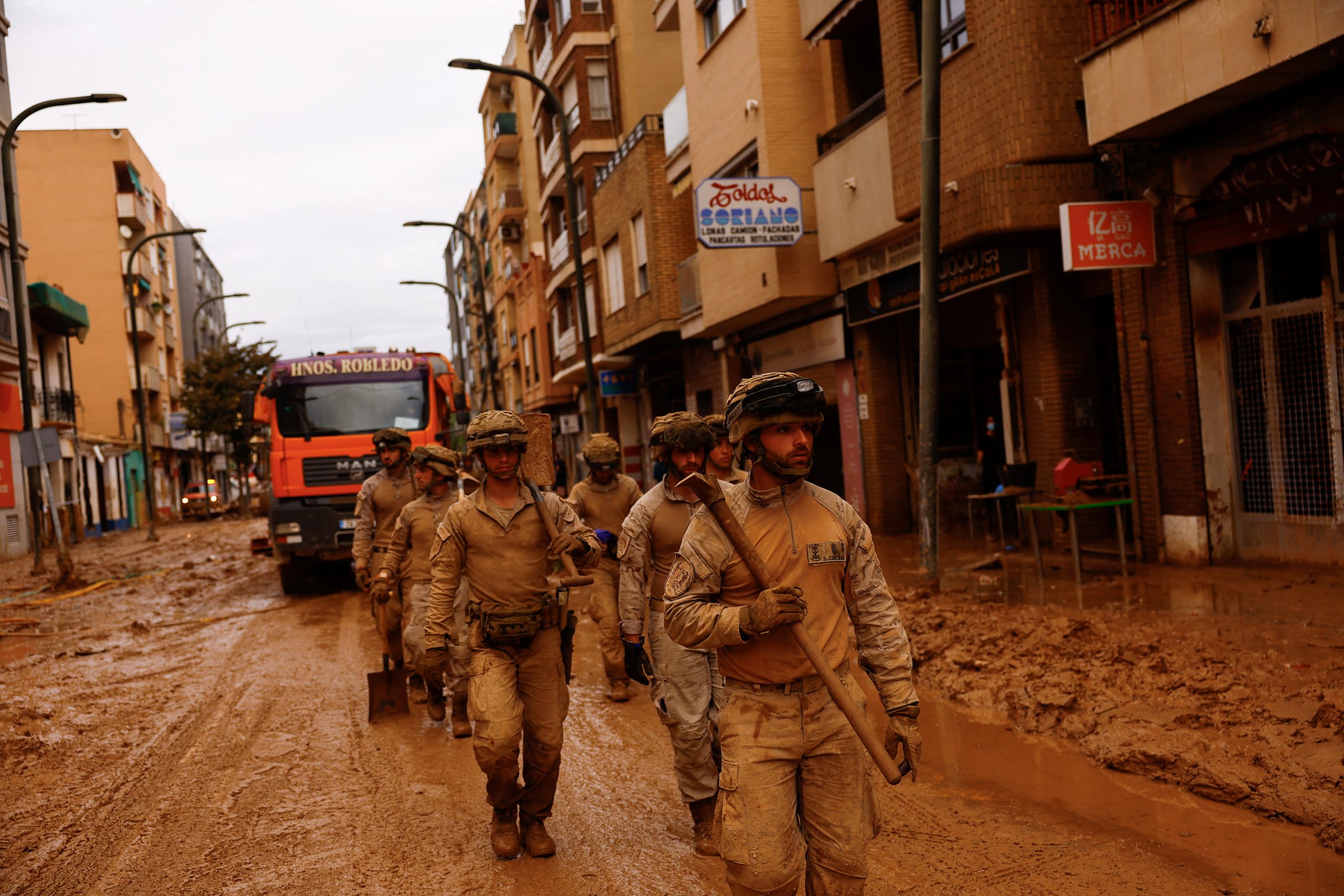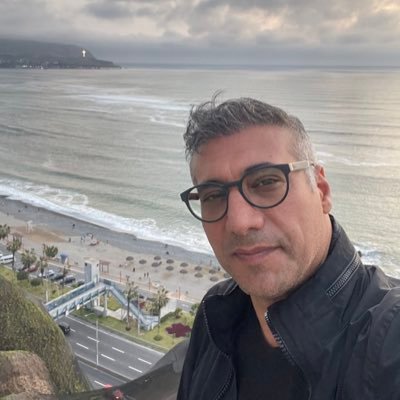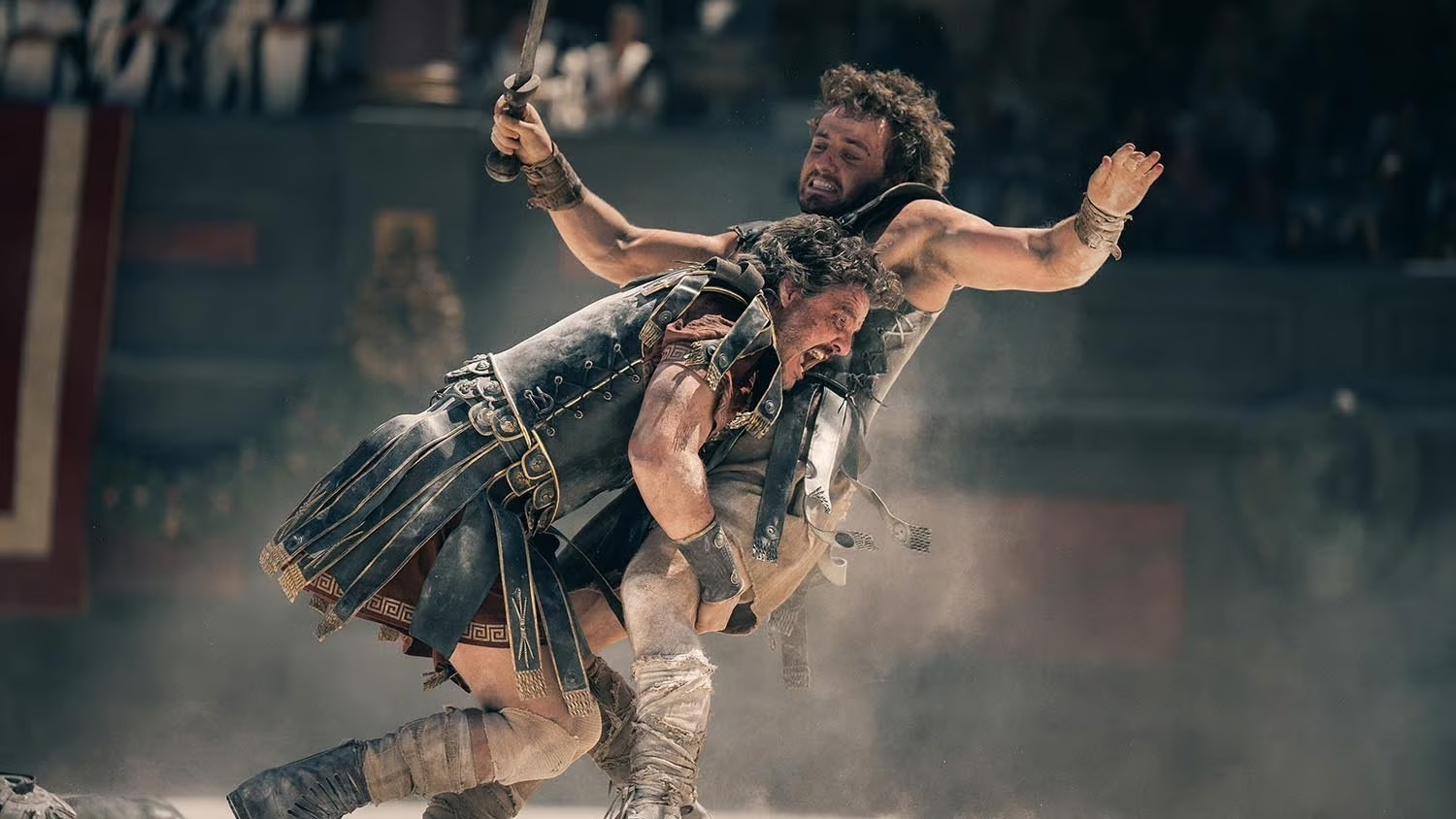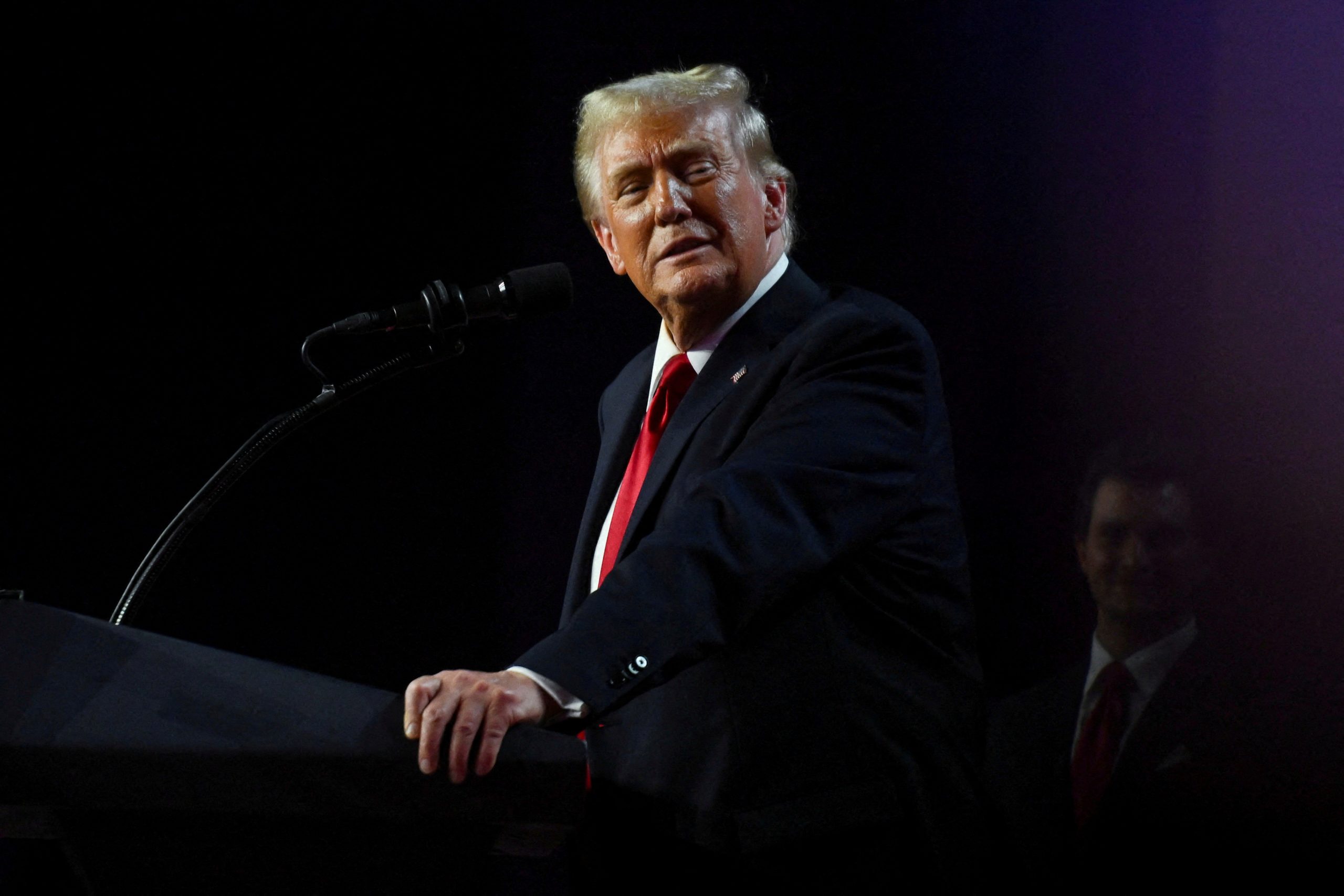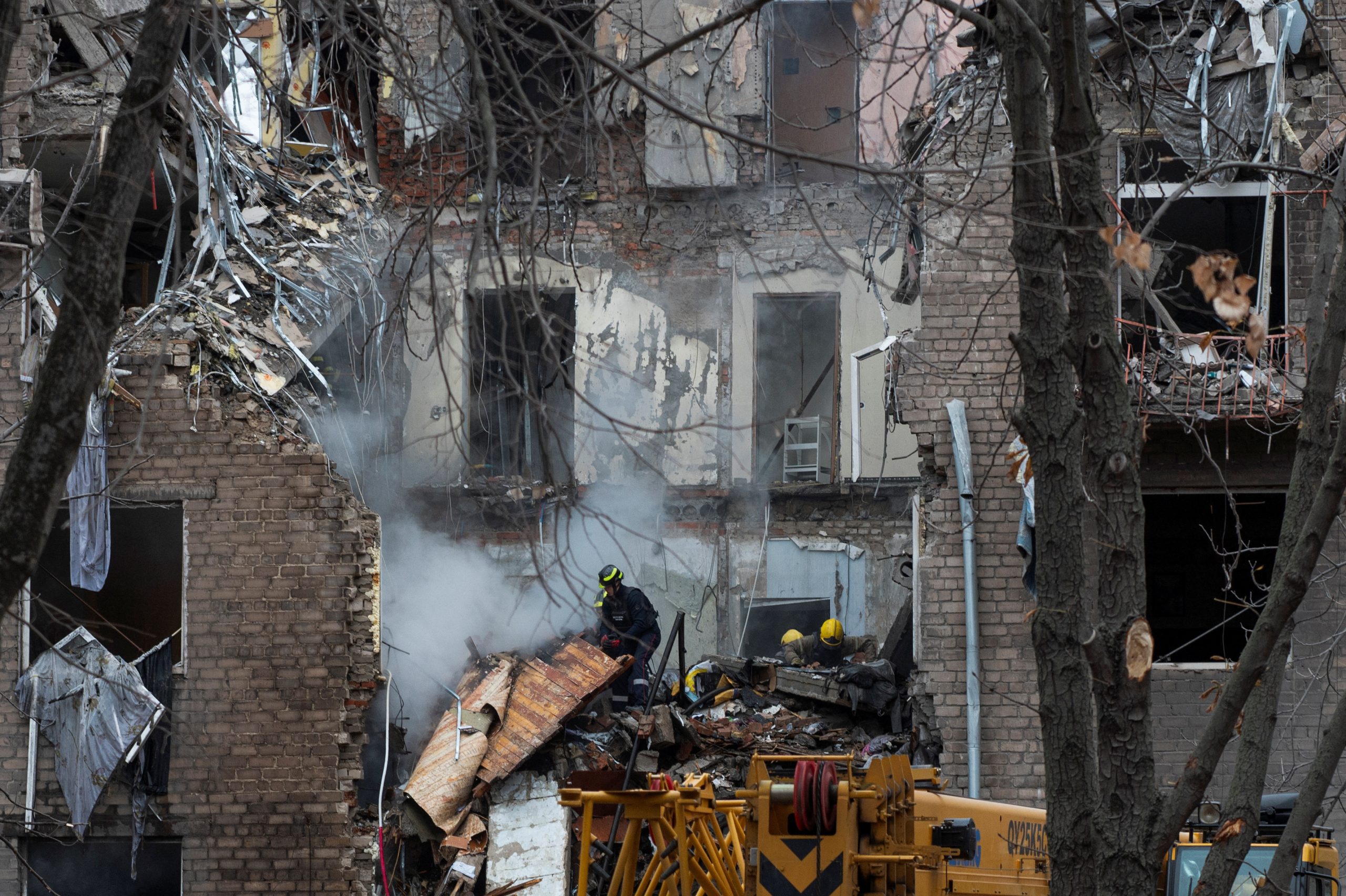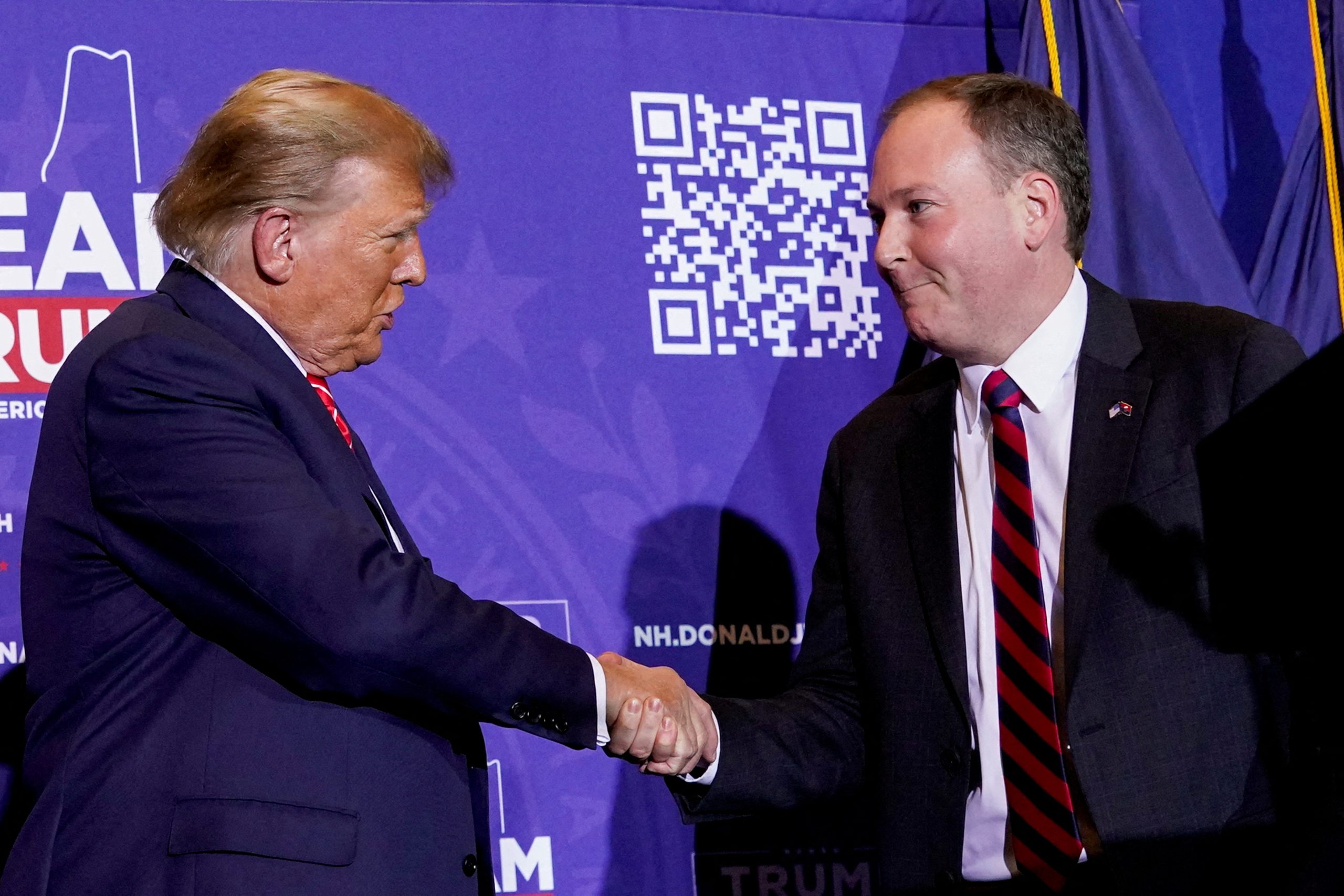In a significant escalation, Israel’s military confirmed the killing of Mustafa Ahmad Shahadi, the deputy commander of Hezbollah’s elite Radwan forces, in a targeted airstrike on the southern Lebanese city of Nabatieh. Shahadi, a high-ranking figure within Hezbollah’s specialized military wing, was reportedly eliminated in a precision strike, marking another blow to the Iran-backed group’s leadership.
Shahadi’s death follows last month’s assassination of Ibrahim Aqil, the head of the Radwan forces and second-in-command to Hezbollah’s slain leader Hassan Nasrallah, who was also killed in an Israeli airstrike. Aqil had been instrumental in coordinating Hezbollah’s strategic operations, with Shahadi serving as his right hand. The recent strikes underscore Israel’s intensified campaign against Hezbollah’s upper ranks, targeting key figures who command the group’s most powerful forces.
Hezbollah’s Radwan Forces Under Siege
The Radwan forces, known as Hezbollah’s elite strike unit, are tasked with high-level military operations and have been crucial in Hezbollah’s broader mission against Israeli forces. Under Shahadi’s command, these forces executed complex tactical maneuvers and were believed to be preparing for increased engagement in the ongoing conflict. Israel’s targeting of Radwan’s leadership is seen as an attempt to destabilize Hezbollah’s operational structure and weaken its military capacity along Lebanon’s southern border.
An Israeli Defense Forces spokesperson confirmed Shahadi’s killing, emphasizing the focus on eliminating top Hezbollah figures involved in direct threats to Israel. With the Radwan leadership suffering successive blows, Hezbollah’s command structure faces unprecedented disruption, raising questions about the group’s operational resilience.
What’s Next for Hezbollah’s War Machine?
As Hezbollah reels from the loss of Shahadi and Aqil, the organization is confronted with an urgent need to stabilize its chain of command. The mounting losses among its senior ranks could impact Hezbollah’s capability to orchestrate large-scale attacks, even as new leader Naim Qassem vows to continue Nasrallah’s “war path” against Israel. The series of targeted strikes suggests Israel’s intent to undermine Hezbollah’s leadership continuity, pushing the organization into a position of weakened readiness.
With tensions already inflamed, the region braces for potential retaliation as Hezbollah assesses its next steps in response to Israel’s campaign against its high command. Will the loss of its elite commanders force Hezbollah into a defensive stance, or will it further inflame the already volatile border conflict?
Sources for this article include statements from the Israel Defense Forces and regional intelligence reports on Hezbollah’s military operations.

